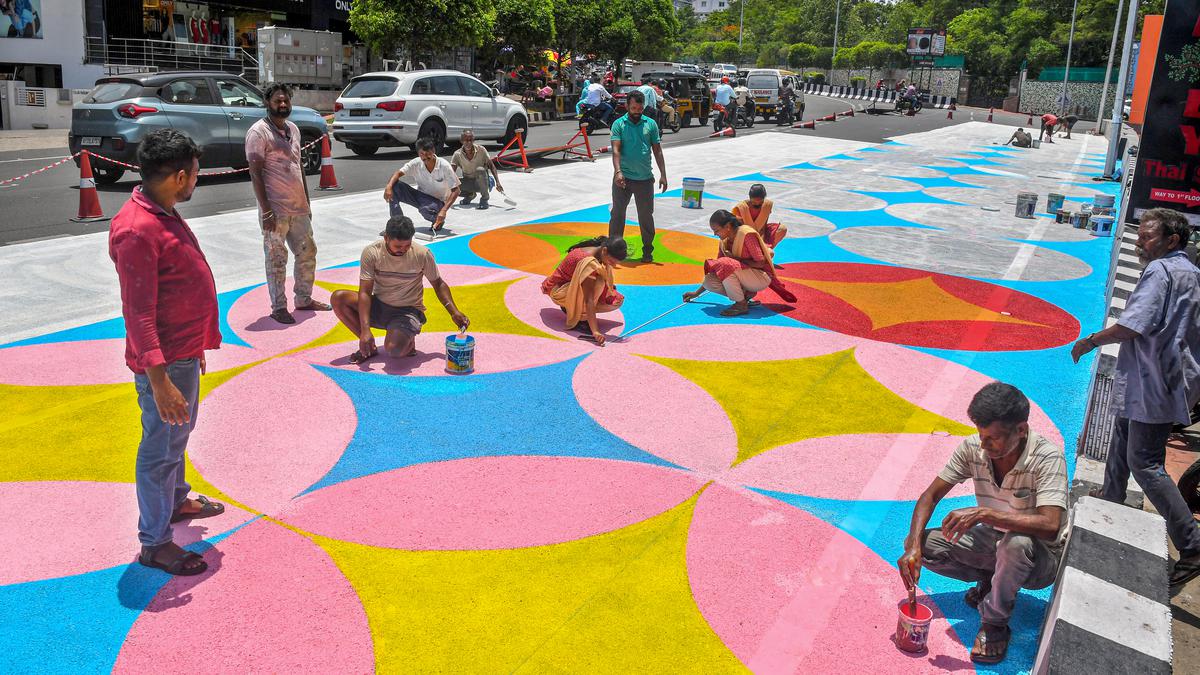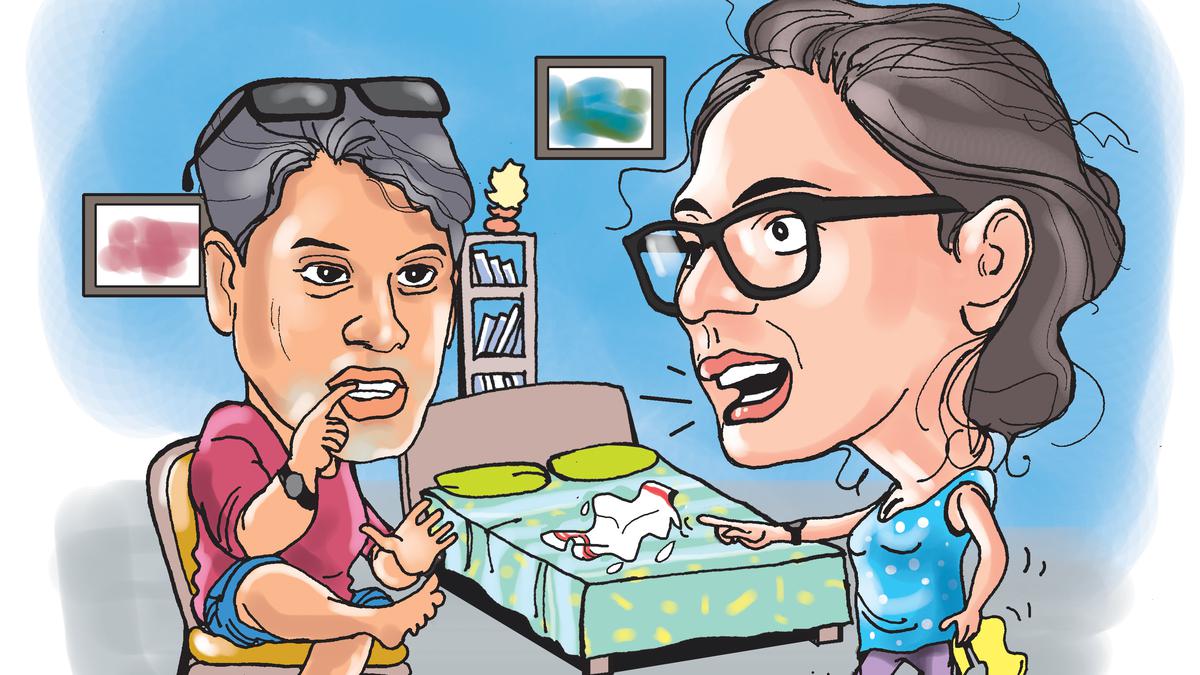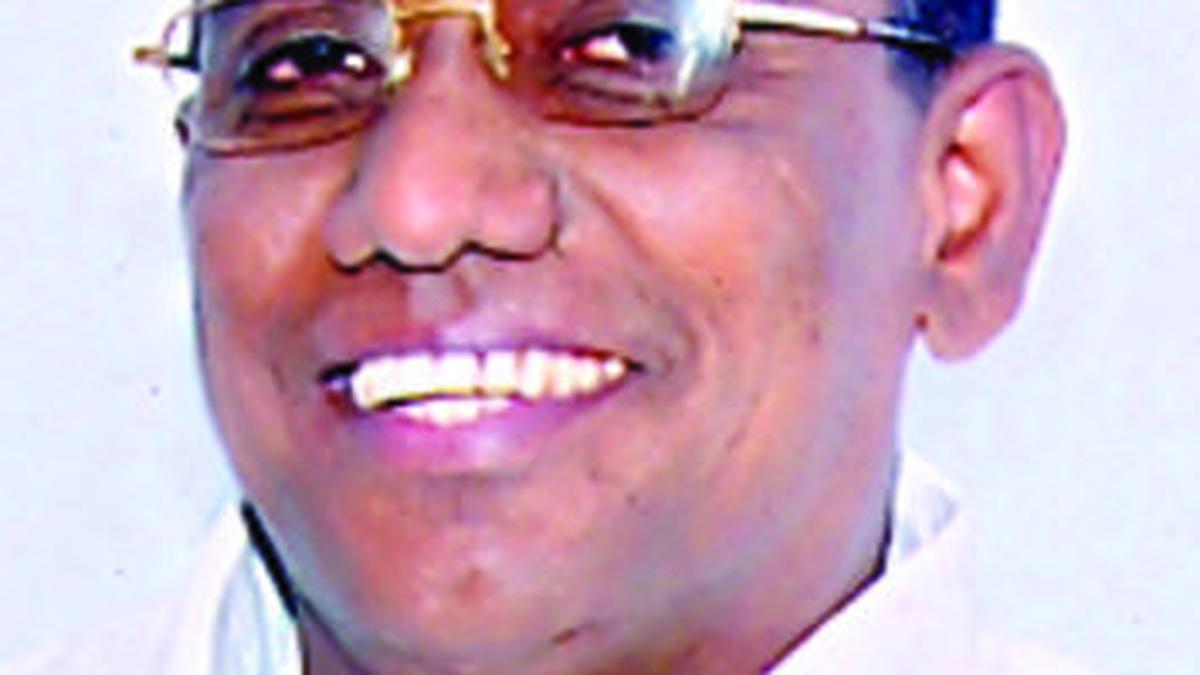A café on the terrace of a prominent hospital in Maharashtra’s Pimpri Chinchwad, an Anganwadi under a flyover in Vadodara and a children’s park in place of a waste dump yard in a slum colony in Greater Warangal.
India’s growing urban population is fuelling the need for open spaces in cities and communities are reclaiming urban spaces lying vacant, unused or underused through “placemaking”.
Take the example of the “8 to 80” park in Pimpri Chinchwad. Hitherto a concrete stretch covering a four-lane sub-way, the ‘Sudharshan Chowk’ was used mostly as a haphazard unauthorised car park. The area of 2,200 sq m was turned into an open space dedicated to the elderly and the young in a mere 75 hours all with community participation.
Also Read | A conversation on urban spaces
While youngsters can jog, cycle and exercise, senior citizens have space to do yoga and catch up over an evening chat.
“People come here as a destination point, people have started moving around and even coming here for small celebrations with family and friends,” says Prasanna Desai, an architect who was part of the designing of the park.
Move over to the Forest Colony micro park on the roadside in the densely populated Kohima, the capital of Nagaland. Built over an area of 950 sq m, the roadside park, has become a meeting point for citizens both from the nearby residential colony and places a little far off. Earlier, it was just a small patch of land where people threw garbage.
The street in front has also been painted to slow down traffic.
“A team from the Kohima Smart Cities Mission came and suggested child-friendly initiatives like a sand pit and swings, thereafter the community took over and now we have a sitting area, a playpen and a mini stage where amateur artists perform in the evenings,” says Avelu Ruho, a city official.
Placemaking as a concept of urban design
This initiative for this “placemaking” has been taken under a special project by the Ministry for Housing and Urban Affairs under its Smart Cities Mission. The implementation though is most of the time through urban local bodies, communities and even MLAs and corporators.
Placemaking as a concept of urban design is an approach that prioritises people over infrastructure. It aims to create public spaces that are more than just utilitarian, but rather places that inspire and promote social interaction and cultural exchange. Placemaking recognises that public spaces play an essential role in the social and cultural life of communities and that they are critical to creating a sense of place and identity.
With community-based participation at its centre, an effective placemaking process capitalises on a local community’s assets, inspiration and potential.
It was during the COVID-19 pandemic when most of the world was indoors that the need for open urban spaces for communities was felt, more so for a country like India where 50% of the population lives in inadequate housing.
During the pandemic, nearly 1,800 cities across the world began to invest in the public realm. Paris made a one billion Euros annual commitment towards parks, plazas, school yards, streets, etc. The Philippines built 500 km of cycle tracks in less than a year.
“We saw streets across the world being reclaimed for outdoor dining, recreation, and more active forms of mobility. In India too, more than ever, we realised the value of having small public spaces close to homes for better physical and mental wellness”, Jeenal Sawla, Principal Advisor at the Smart Cities Mission and one of the anchors of the project, told The Hindu.
Placemaking in India
In India, till now over 200 projects have been completed in 55 plus cities. The area covered is approximately 2,75,000 sq m.
The first placemaking marathon in India was launched in October 2021 wherein cities were thrown a challenge and asked to suggest places and what they would like them to be.
Trial projects were identified in 14 cities and turnarounds were made as quickly as within 75 hours.
The projects involve upgradation of parks, restoration of water bodies, creation of plazas, outdoor spaces in Public Health centres and Anganwadis.
Micro projects have also been taken for improvement of streets and junctions.
In a Primary Health Centre dedicated exclusively to children’s vaccination in Jabalpur for example, additions were made in the form of a play and sitting area for children outdoors. Similarly, a local water body named the DAV pond in Rourkela was revived and the area around it turned into a picnic and recreation spot.
The funding for the placemaking comes from various sources, including urban local bodies like municipalities, the Smart Cities Mission Corpus, NGOs, the women and child development department in case of Anganwadis and even local politicians.
“Many a time we have been approached by local politicians offering funds to take up projects in their areas as it directly benefits their voters,” said a senior official in the Urban Affairs Ministry.
According to the Ministry of Housing and Urban Affairs, 34% of the Indian population lives in cities. In 2021, it was 4,98,179,071.



.jpg)



